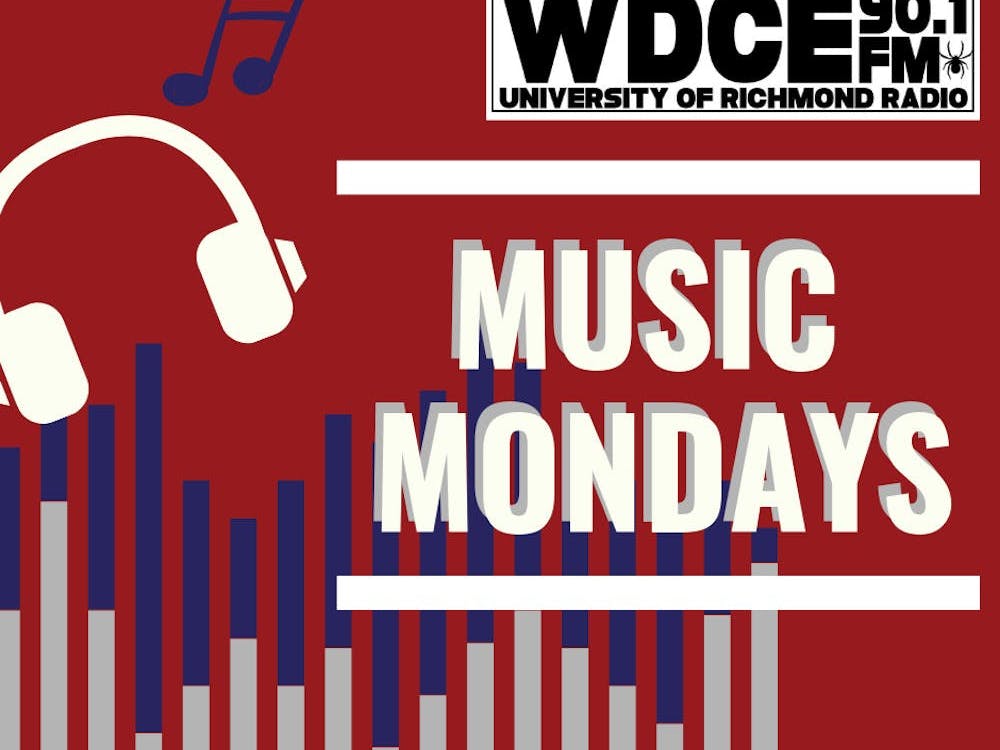Editor’s Note: The views and opinions expressed in this article do not reflect those of The Collegian.
In his book “Black Man in White Coat,” Dr. Damon Tweedy shares his past experiences as a Black medical student and practicing physician with the hope that his insight will have a positive impact on overcoming health disparities in African-American communities.
Specifically, Tweedy talks about how medical racism, cultural factors and a shortage of African-American medical professionals affects how African-Americans experience the medical establishment.
There is a deep level of mistrust between the African-American community and the healthcare system. Research by the Kaiser Family Foundation shows that African-American adults are less likely to trust doctors, hospitals and the healthcare system to do what is right for their communities than their white counterparts. This mistrust is largely due to a history of medical racism in the healthcare system.
Medical racism is the disparity in health coverage by race and the biases held by healthcare workers against people of color in their care that lead to worse health outcomes for people of color. One of the most prominent cases of medical racism in US history is the 1932 Tuskegee Syphilis Experiment where African Americans were recruited under false pretenses for a health study and infected with syphilis. Other historic cases of medical racism include J.Marion Sims practices, in which he operated on enslaved Black women without anesthesia and the story of Henrietta Lacks, a woman whose cells were biopsied without her consent.
Although such unethical experiments are now illegal, African-Americans still experience medical racism in a number of ways. For example, a study showed that individuals with at least some medical training hold and may use false beliefs about biological differences between Blacks and whites to inform medical judgments. One of those beliefs is about African-Americans having a higher pain threshold than white people. This is why a study about pain management showed that African-Americans are nearly 40% less likely to receive medication for acute pain.
Tweedy shows how medical distrust played out in his personal life by sharing a story about his grandmother.
When Tweedy’s mother tried to get his grandmother to follow a doctor’s advice and start eating better, his grandmother responded, “she has no plans to stop eating the foods she had enjoyed her whole life” because she felt that the doctor did not really understand her cultural background, he wrote. The disregard that Tweedy’s grandmother showed towards medical advice reflects the effect of medical racism on the African-American community today: African-Americans are less trusting of the medical establishment because they have a hard time believing that the doctors they see have their best interests at heart.
The distrust between African-American’s and the healthcare system is particularly harmful for Black people because low levels of patient trust correlates with worse health behaviors, having more symptoms and having a lesser quality of life. Although the study does not examine differences in racial or cultural factors, it could mean that the high level of distrust, created through years of medical racism, could play a part in African-Americans having worse health outcomes.
Bridging the trust gap between African-American communities will be a difficult task. One of the ways that Tweedy built a relationship with certain African-American communities as a doctor was through volunteering in community hospitals in areas where basic healthcare was typically unavailable. Conscious efforts to create relationships in these hard-to-reach communities reminds its inhabitants that they have not been forgotten by the larger healthcare establishment.
Tweedy also asserts trust can also be built with the African American community by investing in inner city hospitals that typically treat minorities and the uninsured but are closing due to insufficient funding to support their operations.
Generally speaking, outreach efforts are good ways to restore faith in the healthcare system. This is what initiatives like Minority HIV Initiative and Black Women’s Health Imperative try to achieve; reach out to African-Americans in meaningful ways to improve health outcomes and restore faith in the medical establishment.
Enjoy what you're reading?
Signup for our newsletter
Another issue that Tweedy discusses how the stigma around homosexuality and mental health is leading to worse health outcomes in African-American communities.
A key factor perpetuating homophobia in African-American communities is the Black church. The Black church plays a big role in African-American communities because it has served as the cornerstone of many of their communities since slavery. This allows historical interpretations of the Bible from the broader Christian establishment that condemn homosexuality to take root and spread in African-American communities.
Although attitudes towards homophobia have changed over time, they are still present in African-American communities, and Tweedy identifies homophobia as a health issue because it hinders gay Black men’s ability to seek treatment for diseases like HIV/AIDS.
HIV/AIDS was first detected in the 1980’s, and its prevalence in the gay community created an association between gay men and HIV. The disease was actually called Gay-Related Autoimmune Disease (GRID) until researchers realised that it was not a disease limited only to gay men.
Although treatments for HIV/AIDS exist and have reduced the prevalence of HIV/AIDS on the wider population, the incidence of HIV/AIDS is highest among Black and Latino gay men.
Stigma surrounding homosexuality is also present with regards to discussions about mental health in African-American communities. Despite being less likely to suffer from psychological distress, African-Americans have more persistent depression, according to the American Psychiatric Association. African-Americans experience lower rates of mental health service utilization compared to their white counterparts.
This disparity is due in part to higher rates of misdiagnosis, exploitation by the medical community and an overreliance on prayer to deal with mental health issues. Additionally, only 4% of psychiatrists are African-American, and this shortage could serve as a barrier to accessing quality mental health services.
As a beneficiary of affirmative action, Tweedy explores the anxiety that comes with being one of a few African-American people in a predominantly white space. He talks about managing his actions so that he isn’t perceived as a “borderline-militant black male looking to make everything a racial issue.” He also discusses his feelings about owing “something more” to Black patients since he is a part of a system that has historically marginalized them.
The experiences that Tweedy discusses are not unique to him. African-American people are typically underrepresented in professional fields. For example, only 5% of all physicians in the United States identify as African-American. Moreover, African-American people encounter representation gaps as they move up the career ladder. This means that as they progress in their careers, there are fewer and fewer African-Americans occupying positions in high level roles.
Tweedy’s feeling that he can provide “something more” for African-American patients is one that is supported in his personal experience and through research. In his book, he talks about how he felt like he was able to connect with a mentally ill patient because of the patient’s race. Statistically, one of the ways that African-American doctors provide “something more” for Black patients is in childbirth, where Black babies cared for by Black doctors have a lower infant mortality rate than those cared for by white doctors.
Although connecting on this level can be helpful, it becomes problematic when African-American physicians are expected to bear the burden of treating all Black people. In reality, this expectation is a microaggression because it has the unspoken idea that all African-American people have identical experiences. To prove this point, Tweedy talks about how he could not connect with an African-American woman but a white doctor could because they were both mothers.
There is no easy way to navigate being an African-American in white-dominated spaces. A key takeaway from Tweedy’s stories is that creating opportunities for African-Americans to break into and advance in professional spaces is important because it allows firms to render more culturally-sensitive services that uplift the whole population -- not just segments of it.
Contact columnist Abdulghaffah Abiru at ghaffah.abiru@richmond.edu.
Support independent student media
You can make a tax-deductible donation by clicking the button below, which takes you to our secure PayPal account. The page is set up to receive contributions in whatever amount you designate. We look forward to using the money we raise to further our mission of providing honest and accurate information to students, faculty, staff, alumni and others in the general public.
Donate Now


